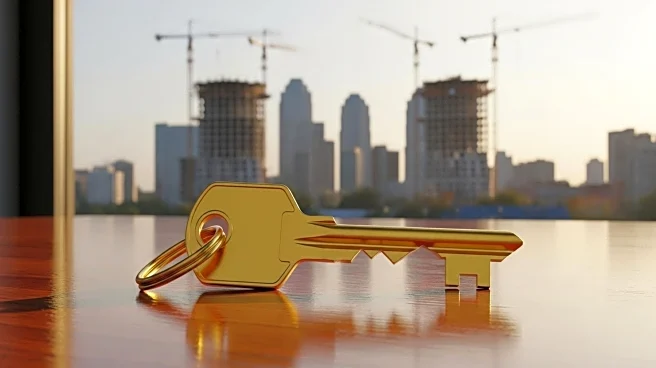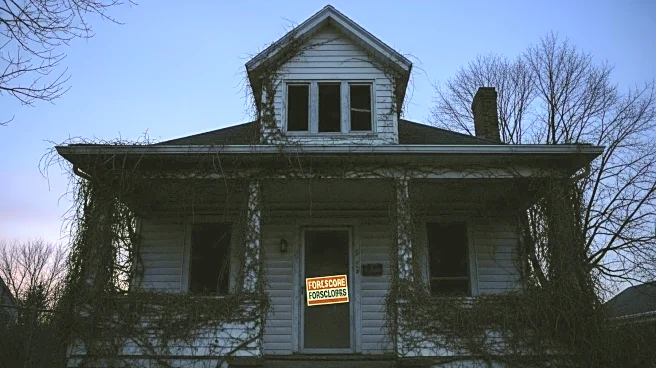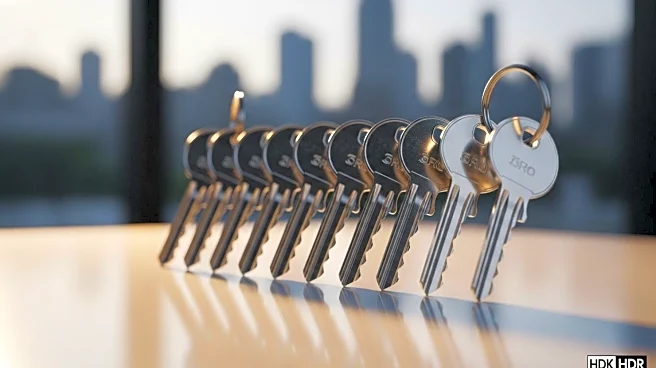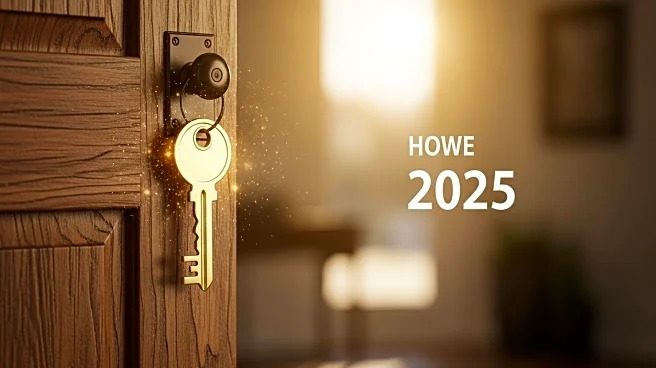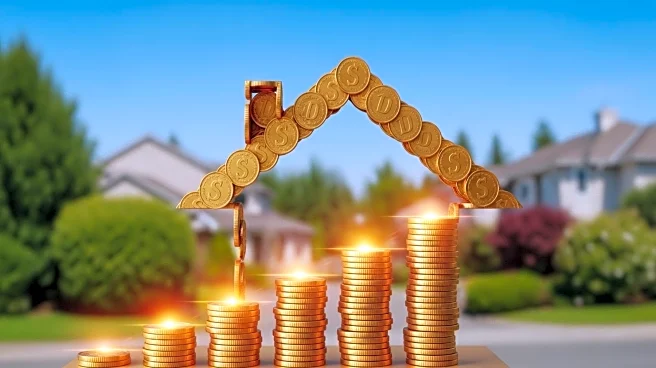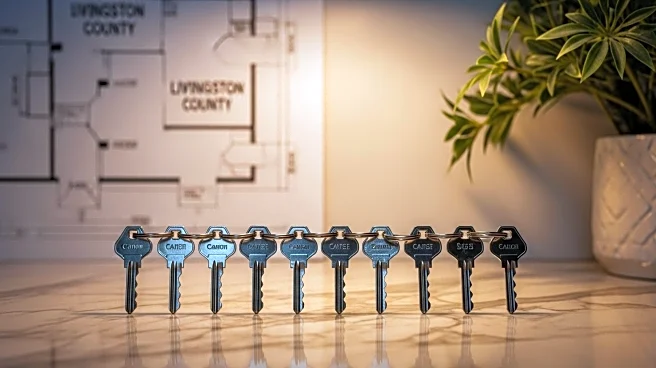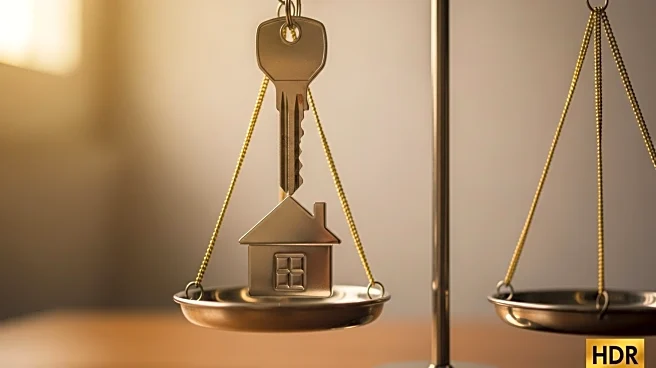What is the story about?
What's Happening?
Salt Lake City's real estate market is experiencing significant changes as it heads into 2025. The median home price in the city is approximately $580,000, reflecting a slight decrease of 6-7% year-over-year after a period of rapid growth. Despite this, homes continue to sell quickly, often with multiple offers in desirable areas. Residential demand remains strong, driven by job and population growth, while commercial real estate shows mixed results. The office sector faces high vacancy rates due to shifts towards remote work, whereas retail and multifamily properties thrive with low vacancies. Major developments like the Utah Inland Port and 'The Point' in Draper are underway, promising thousands of new jobs and homes. These projects are expected to influence the real estate landscape significantly, with the Inland Port serving as a logistics hub and 'The Point' offering a mix of residential and commercial spaces.
Why It's Important?
The developments in Salt Lake City's real estate market are crucial for several reasons. The affordability crisis is a pressing issue, with the region ranked as the third least affordable state for homebuyers in the U.S. This situation impacts young adults, who are increasingly relying on family assistance to purchase homes. The major projects underway, such as the Utah Inland Port and 'The Point,' are poised to create thousands of jobs and new housing opportunities, potentially easing the housing demand. However, these developments also raise concerns about environmental impacts and the need for sustainable growth. The real estate market's evolution will affect various stakeholders, including investors, homebuyers, and renters, as they navigate the challenges of high prices and limited supply.
What's Next?
Looking ahead, Salt Lake City's real estate market is expected to stabilize, with home prices projected to grow at a modest pace of 2-5% annually. The completion of major projects like the Utah Inland Port and 'The Point' will likely boost demand for industrial and residential spaces. The rental market is anticipated to see a healthier balance as new apartment units come online, potentially moderating rent increases. The office sector may undergo conversions to reduce surplus stock, while retail spaces continue to perform well. The city's hosting of the 2034 Winter Olympics could further spur infrastructure development and real estate investment, enhancing its global profile.
Beyond the Headlines
Beyond the immediate developments, Salt Lake City's real estate market reflects broader demographic and cultural shifts. The rising cost of single-family homes is driving interest in townhomes and condos, altering traditional housing preferences. The influx of newcomers from higher-cost markets is reshaping the local population, with many drawn by the city's job opportunities and lifestyle. Policymakers are actively working to address affordability issues through initiatives like inclusionary zoning and down payment assistance programs. These efforts aim to ensure that Salt Lake City remains accessible to a diverse range of residents, balancing growth with sustainability.
AI Generated Content
Do you find this article useful?
